The Design Public Conclave is a platform to enable conversations between thinkers, opinion makers and doers that looks to transform India into an innovation society. Initiated by the Centre for Knowledge Studies the fourth edition concluded in Mumbai last week.
These are my sketchnotes from the 30th of November, 2012.
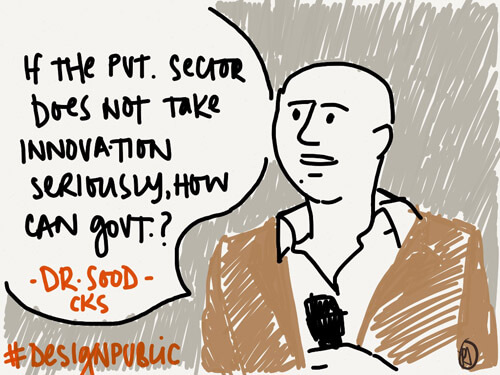
CKS Founder and CEO Dr. Aditya Dev Sood inaugurated the proceedings with reflections from the previous editions of Design Public. A key concern of the forum is to look at possibilities for public-private-government partnerships, examine prevalent attitudes and discover new approaches.
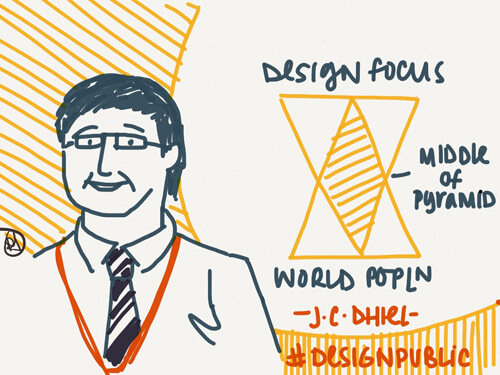
Keynote speaker JC Diehl from TU Delft shared his experiences from the field. He highlighted the role of innovation in providing for the basic needs of the “middle of the pyramid” – people that fall outside of the scope of most design activity. Importantly, his case studies made clear that a a structured design process supported by research and collaboration with all stakeholders can yield significant results.
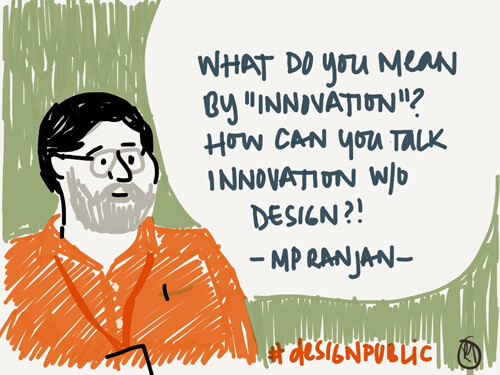
The first panel for the day explored the current state of conversation about innovation in India and design thinker Prof. MP Ranjan expressed concerns that the commonspeak of “innovation” seemed to undermine the value of rigorous design processes and approaches. While fellow panelist Ranjan Banerjee agreed with this observation, Divya Datta of Bihar Innovation Lab suggested that perhaps the idea of “design” itself is un-defined and possibly confusing to the champions of “innovation”.
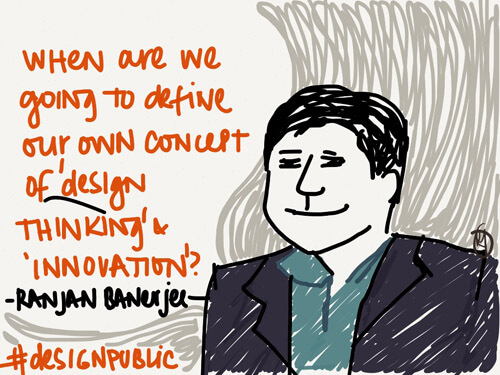
…but Banerjee also warned that “design thinking” needs to be defined and practised in an Indian context.
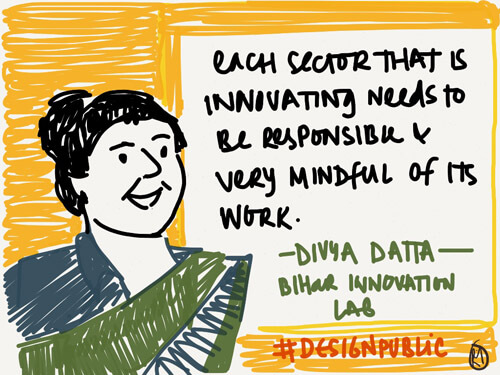
In the absence of cross disciplinary platforms, Divya Datta noted that different sectors use innovation opportunities in varying ways, often to short-term ends rather than holistic objectives. How might they all be brought together into a single conversation?
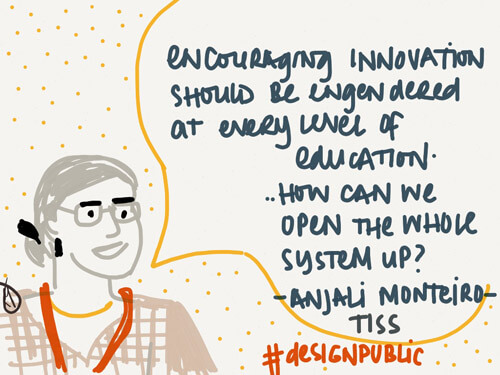
On a panel to discuss teaching, training and doing innovation in India, fimmaker and educator Anajali Monteiro pointed out that entire systems need to be opened out to encourage innovation within education. That said, can innovation be taught, or is it the result of a particular attitude to problem-solving?
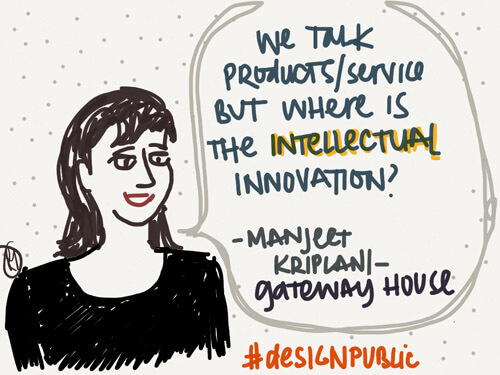
Of course, an innovation society would require not just innovative services and products, but “intellectual innovation” as pointed out by Manjeet Kripalani of foreign policy think tank, Gateway House. Isn’t ‘design thinking’ a form of intellectual innovation, I wanted to ask…
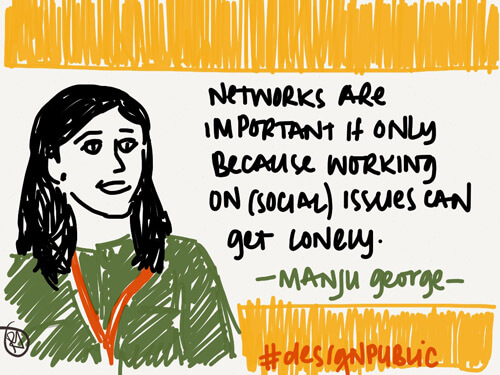
The final panel for the day looked at the challenges of building an innovation society in India. A number of valuable insights were shared by members of the panel moderated by writer Aparna Piramal Raje, who also collated a list of likely factors that would influence the growth of such a society.Manju George of innovation consultancy Intellecap commented on the importance of networks to stay focussed and motivated.
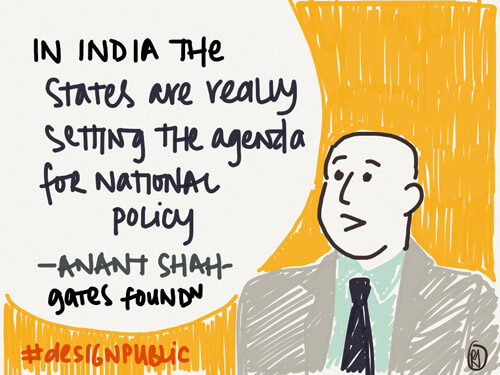
Anant Shah from the Bill and Melinda Gates Foundation also shared his experience of working with state governments in India to acheive shared goals in a collaborative way. With Bihar as a case in point, their experiment of drawing up a Memorandum of Collaboration rather than a legal contract has proved beneficial in establishing frameworks for cooperation.
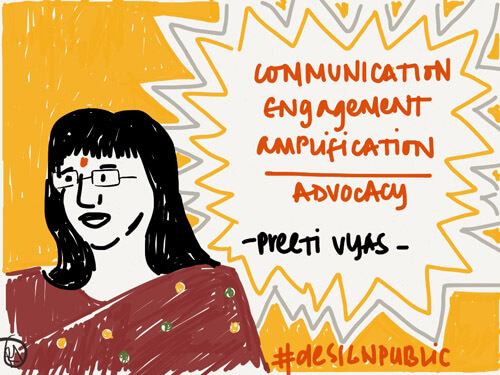
Preeti Vyas of creative consultancy VGC also championed the value of effective communication and advocacy to build awareness in society at large.
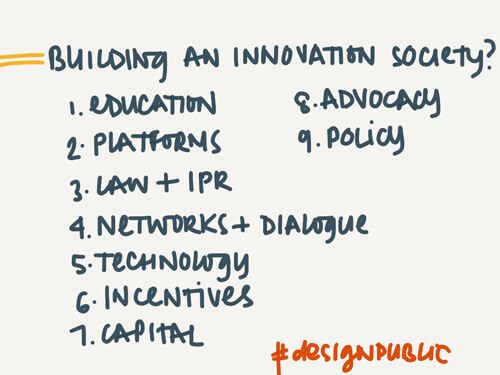
So how do we build an innovation society? These are some of the sectors we need to address in order to acheive a rounded approach to the task. At first glance, it’s a short list but every one of these areas has the scope for the involvement of a wide range of thinkers, doers and opinion makers. Perhaps the next Design Public Conclave will begin to address the possibilities offered here.
In summing up, I found myself echoing the concerns of Prof. M. P. Ranjan: is “innovation” some kind of doublespeak for what we call “design thinking” in design circles? If so, then is “innovation” a buzzword to cover up the possible insecurities of “design thinking”. It’s a hair-splitting thought, but the terminology that defines a problem also influences the participation of certain stakeholders in finding a solution. In my experience, designers are often wary of business parlance that appropriates the design process under the umbrella of “innovation”, using it to fuel bottom lines and targets rather than problems and needs. The common perception on the other hand remains, however, that design is essentially a beautifying, “value-added service” rather than a credible method of tackling questions. By the end of the day, I was caught in the fuzziness of justifying the jargon that played out in panel discussions and found it disconcerting that at an event called “Design Public”, the word ‘design’ was so rarely used.
Design Public is the kind of platform that ought to be initiated by bigger players in government and enterprise, but in the absence of political will, it is a truly commendable proactive effort from the team at CKS. I look forward to it’s next edition and would recommend their website to keep track of upcoming events.
*
These sketches were created live at the Design Public Conclave using the Paper app on an iPad.
All sketches, text and material are © Ruchita Madhok, 2012 except where indicated otherwise. Please do not distribute in any form or medium without written permission.
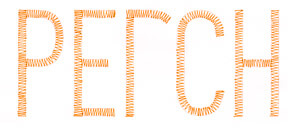
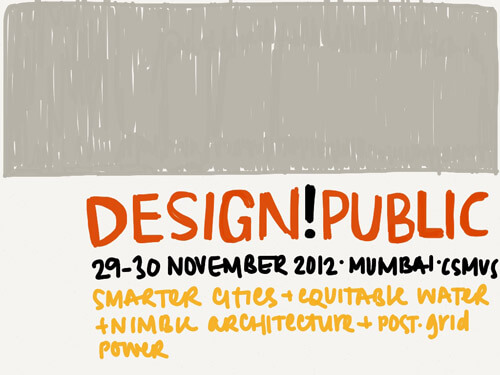
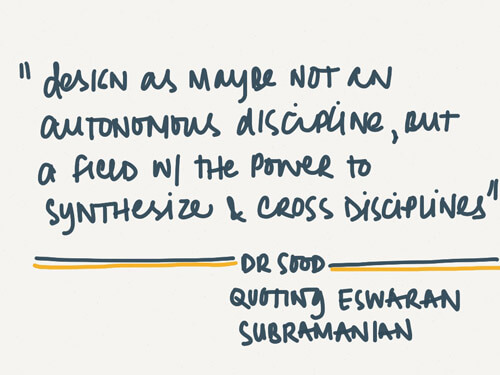

1 comment
Brilliant Sketchnotes from the Design Public Conclave | says:
Dec 5, 2012
[…] sketchnotes from Design Public can be found here. Related PostsFood for Thought: Sneak Peek from Aditya Dev Sood’s book “India’s […]